Permian Period
The Permian Period is the last period of the Paleozoic Era, spanning from approximately 299 million to 251 million years ago. It is named after the region of Perm in Russia, where rocks from this time period were first studied.
Geology and Climate
During the Permian Period, the Earth's landmasses were joined together in the supercontinent known as Pangaea. The climate was generally hot and dry, with extensive deserts covering large areas of the supercontinent.
Life Forms
The Permian Period saw the diversification and proliferation of many new species, including early reptiles, amphibians, and insects. Plant life also continued to evolve, with the appearance of new types of seed-bearing plants.
Mass Extinction
One of the most significant events of the Permian Period was the Permian-Triassic extinction event, also known as the "Great Dying." It was the most severe mass extinction in the history of the Earth, resulting in the loss of an estimated 96% of all marine species and 70% of terrestrial vertebrate species.
Study Guide
- What is the Permian Period?
- Describe the geology and climate of the Permian Period.
- What types of life forms flourished during the Permian Period?
- What significant event occurred during the Permian Period?
- Discuss the impact of the Permian-Triassic extinction event.
These study questions can help you understand the key aspects of the Permian Period and its significance in Earth's history.
[Permian] Related Worksheets and Study Guides:
.◂Science Worksheets and Study Guides Fifth Grade. The 6-Kingdoms of life
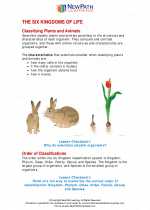
 Activity Lesson
Activity Lesson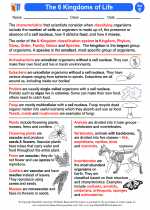
 Worksheet/Answer key
Worksheet/Answer key
 Worksheet/Answer key
Worksheet/Answer key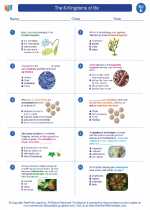
 Worksheet/Answer key
Worksheet/Answer key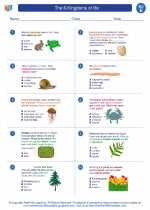
 Worksheet/Answer key
Worksheet/Answer key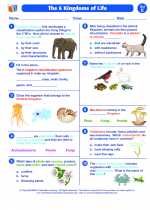
 Vocabulary/Answer key
Vocabulary/Answer key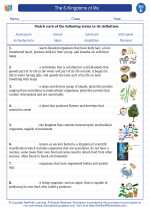
 Vocabulary/Answer key
Vocabulary/Answer key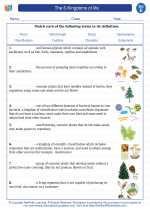
 Vocabulary/Answer key
Vocabulary/Answer key
 Vocabulary/Answer key
Vocabulary/Answer key
